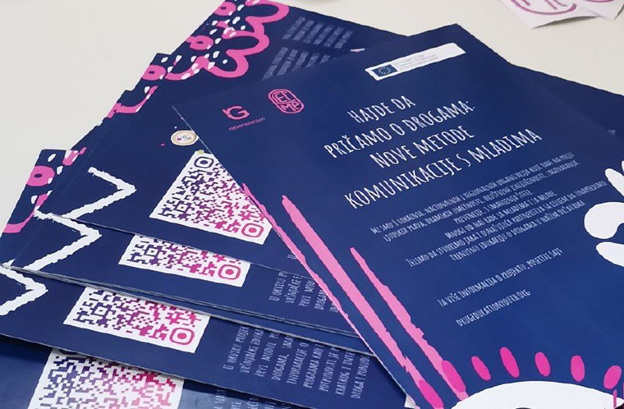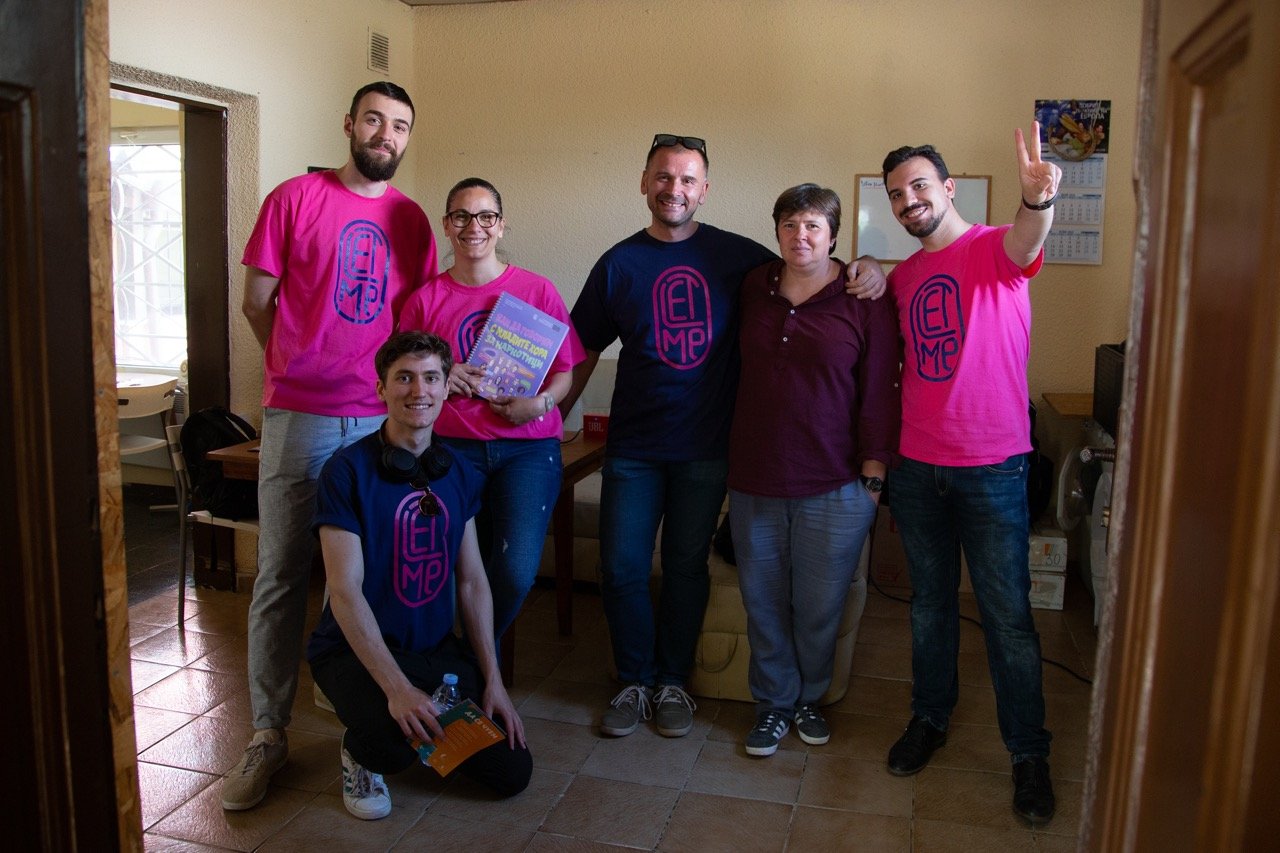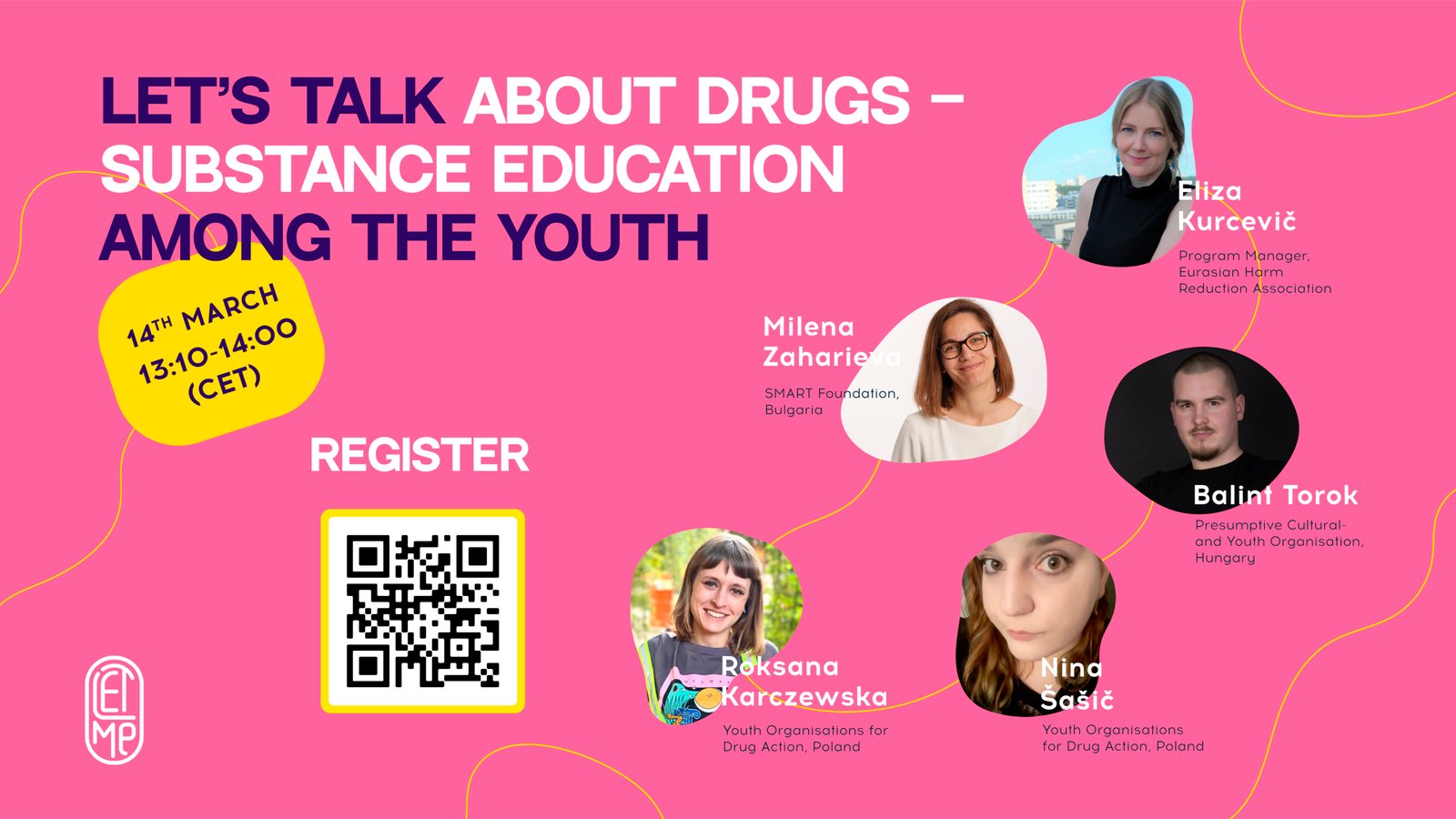Author: Peter Sarosi, Rights Reporter Foundation
It is time to challenge some of the myths surrounding drug prevention and to find alternatives.
Drug prevention is the holy cow of drug policies. Everybody speaks about prevention. Everybody repeats the mantra about the need for more prevention. It is often praised by politicians as the first and most important pillar of drug policies.
But when it comes to defining what ‘good’ prevention actually is, we soon realise that different people have different understandings of this term.
For most parents and teachers, the expectation from “good prevention” is that it needs to persuade young people not to use drugs. They expect young people to enter a prevention course like raw material to be processed in a factory. They go through the conveyor belt system and are transformed into a product. By doing this, protection from drugs is granted, forever.
They expect drug prevention to be an emotionally intense exercise: to scare young people into not using drugs by describing the horrors of drug addiction, lethal accidents, and disrupted lives. Vivid and terrible images that will stay with young people, forever.
In this traditional model of drug prevention young people are passive beholders and recipients of information. Prevention is something that happens to them. It is a lecture, a movie, or other visual demonstration. There is a one-way information flow. The person who provides prevention is in charge of fixing young people by correcting their behaviour and making sure that they will conform to norms and rules.
And who is the best person to scare young people into conformity? It is either an authority figure like a policeman, or a person who has suffered the consequences of drug addiction and can be presented as a living proof of danger. That is why most drug prevention programs in many countries in central and eastern Europe are still run by the police, as the survey conducted by the LetMe project has shown.
We have to overcome this old, outdated paradigm by accepting a few simple truths – which I have learnt by interviewing several professional service providers and young people in Hungary:
1) Prevention is not information sharing/indoctrination. It is more. It is enabling and empowering young people to live a whole, meaningful, healthy life. It is creating an environment in which their communities are protected from the risks of drug use – and the risks of bad drug policies that punish them instead of supporting them.
2) Interactive methods to involve and mobilise young people work the best. Forget about the lectures about the dangers of drug use! If you allow young people to open up, to play, to speak about their own experiences and express their emotions, without blaming and shaming them, you can reach the “teachable moment.”
3) Don’t always think about programs/education – think about the environment! How do students feel about their families and schools? Do they feel safe and respected? Are there clear community rules and norms that they agree with? Are there nightlife regulations that promote safety? Can young people get help if they need it, without stigma and discrimination? Are young people exposed to harmful drug marketing?
4) To use drugs is not pathological. Experimenting with legal and illegal drugs is a natural part of becoming adults for many young people. But there are some vulnerable young people who are at high risk of developing problems due to genetic, psychological, and/or social factors. The real question is not ‘How can we make young people drug-free?’, it is ‘How can we help young people to have a strong connection to their communities, and a sense of belonging and meaning.
5) There is no one-size-fits-all solution. We need to recognise and respect the social, cultural, age, and gender differences among young people. We should reach out to the most vulnerable groups of young people, as individuals and as a community as well. What works for one group of young people may not work for another one.
In the end, it seems it is not young people who need the most education but society in general, including teachers, government officials, and political decision makers.







